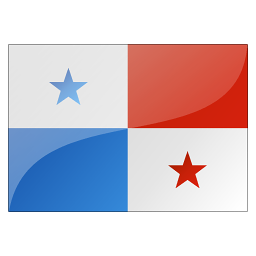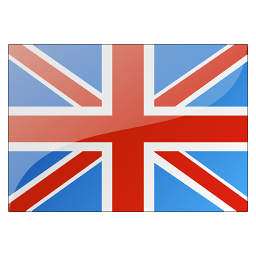



With white sand and waving palms, the islands of the turquoise Archipiélago de San Blas of the Comarca de Guna Yala are a vision of paradise. This is home to the Guna people, the first indigenous group in Latin America to gain autonomy. Though they have had contact with Europeans since Columbus sailed these waters in 1502, traditional identity and way of life remain paramount.

Chiriquí claims to have it all: Panama’s tallest mountains, longest rivers and most fertile valleys. The province is also home to spectacular highland rainforests and the most productive agricultural and cattle-ranching regions in the country. As a result, los chiricanos (natives of Chiriquí) take particular pride in their province and wave the provincial flag – in every sense – at the slightest opportunity.

This Caribbean fishing village is so laid-back and languorous, it's hard to imagine it was once the greatest Spanish port in Central America. Mules carried Peruvian gold and Oriental treasures to Panama City via the fortresses at Portobelo. Though English privateers destroyed them many times throughout their history, several of these atmospheric colonial fortresses still stand amid village homes.

Although it’s just a 10-minute boat ride from the town of Bocas del Toro, Isla Bastimentos is like a different world. Some travelers say this is their favorite island in their favorite part of Panama. The northwest coast of the island is home to palm-fringed beaches that serve as nesting grounds for sea turtles, while most of the northern and southern coasts consist of mangrove islands and coral reefs that lie within the boundaries of the Parque Nacional Marino Isla Bastimentos.

The archipelago’s most developed island is home to the provincial capital of Bocas del Toro. From the mid-1990s, foreign investors flooded the island, creating hotels, restaurants and condos while infrastructure for water, trash and sewage lagged far behind. Today the island, which runs on diesel, struggles to find a balance between satisfying development and serving community needs.

For most travelers, the archipelago is Bocas del Toro. Caribbean clichés aside, there’s no shortage of postcard-pretty beaches, emerald waters and swaying palms, and scads of things to see and do.

Colorful and full of Caribbean-style clapboard houses, Bocas del Toro (better known simply as Bocas town) was built by the United Fruit Company in the early 20th century. Today it is a relaxed community of West Indians, Latinos and resident gringos, with a friendly atmosphere that is contagious. It’s an easy place to adapt to and even easier to linger in.

The name of Veraguas province (literally “see waters”) is both descriptive and accurate – it is the only one of Panama's provinces and comarcas (indigenous districts) to border both the Pacific Ocean and the Caribbean Sea.

Boquete is known for its cool, fresh climate and pristine natural surroundings. Flowers, coffee, vegetables and citrus fruits flourish in its rich soil, and the friendliness of the locals seems to rub off on everyone who passes through. Boquete gained a deluge of expats after the American Association for Retired Persons (AARP) named it a top retirement spot. Until you see the gated communities and sprawling estates dotting the hillsides up close, though, you'd be hard-pressed to see what the fuss is about.

The highland rainforests are the heart of Chiriquí Province. From the rugged mountains of Parque Internacional La Amistad and the misty hills of Boquete to the continental divide traversing the cordillera (mountain range), this is probably the only spot in Panama where you might need a sweater. While Panamanians relish the chill, you’ll appreciate the astounding natural beauty throughout the region.